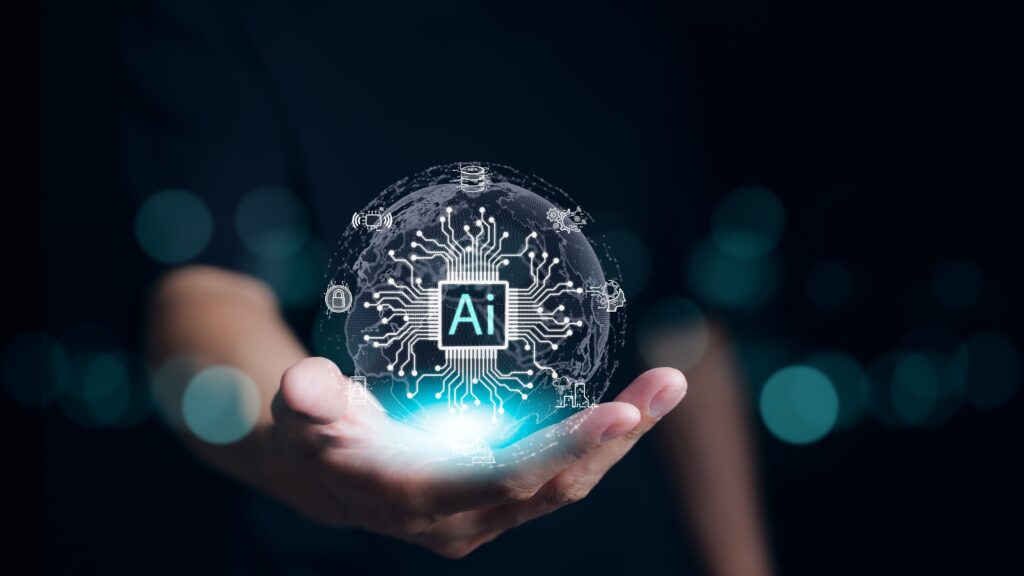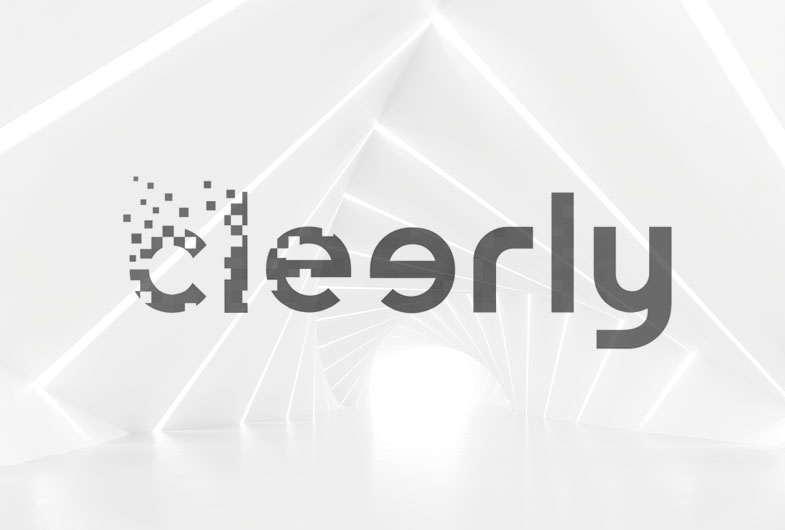The Future of Healthcare: How Cutting-Edge Technologies are Revolutionizing Patient Care
The healthcare landscape is poised for groundbreaking technological leaps. We’re going to see a boost in patient outcomes as well as refined interoperability and streamlined claims processes between payers and providers, among other exciting developments on the horizon.
In the meantime, we’re all witnessing a seismic shift in the way healthcare is administered, received, and even conceptualized. Embracing emerging technologies within a secure healthcare environment is not just the right path; it’s the only path forward.
Let’s discuss how these technological innovations have begun to transform healthcare and why, irrespective of challenges, they must take center stage in our strategy for the future.

Edge Computing: A Game Changer Closer to Home
In a world where real-time data is life-critical, edge computing emerges as the unsung hero. With medical devices becoming smarter and the Internet of Medical Things (IoMT) burgeoning, the ability to process data closer to the point of origin, in tandem with the sophistication of these devices, is poised to restructure healthcare systems from the bottom up.
-
- Reduced Latency: Edge computing’s ability to analyze data at the source vastly reduces latency, making it indispensable for time-sensitive diagnoses and interventions.
-
- Improved Reliability: In the mission-critical world of healthcare, the reliability of data processing is non-negotiable. Edge computing provides a significantly improved standard with its distributed processing.
-
- Enhanced Privacy and Compliance: By handling sensitive patient data closer to its source, edge computing also offers an added layer of security which is vital in healthcare compliance.
-
- Telemedicine Evolution: Faster data speeds mean seamless video calls and quicker data transfer for remote diagnostics and consultations.
-
- Remote Patient Monitoring: More connected devices powered by 5G mean better and more frequent real-time monitoring of patient health metrics, crucial for chronic disease management.
-
- Digital Health Platforms: The rise of digital health platforms means patients can expect more robust, engaging, and personalized experiences in their healthcare journeys.
Robotic Process Automation (RPA): A solution for healthcare burnout?
In the backdrop of healthcare’s administrative overload, RPA emerges as a beacon of hope, automating tasks that are vital yet mundane. Benefits include but are not limited to:
-
- Administrative Efficiency: By automating tasks such as data entry or pharmacovigilance, RPA frees up invaluable human resources to focus on more critical, patient-centric work.
-
- Error Minimization: With its precision and ability to operate without rest, RPA drastically reduces the chances of human errors that can have life-altering implications.
-
- Scalability: Given the dynamic nature of healthcare, RPA’s ability to scale quickly and efficiently is a strategic asset for hospitals and clinics as they manage fluctuating demands on resources.
But with great automation comes the need for greater security, particularly in handling sensitive patient data. At ClearDATA, we understand the intricacies and are at the forefront of ensuring that these technologies are not just efficient but also compliant and secure.
The AI Buzz: What does it mean for Healthcare?
AI is making strides in healthcare, and it seems like these strides are just getting started. From speeding up diagnoses to crafting personalized treatment plans, it’s all about making care more efficient, effective, and patient-centered. It’s fascinating to see how they’re transforming healthcare.

A few examples include:
-
- Patient Diagnosis: Incorporate machine learning algorithms to analyze patient data, allowing for quick and accurate diagnosis.
-
- Personalized Care Plans: Use AI technology to create patient-specific care plans that take into account each individual’s unique needs and conditions.
-
- Drug Development: Utilize AI to discover new drugs and to optimize current drug regimens, leading to more effective treatments and a higher success rate in clinical trials.
-
- Robotic Surgery: Use robots, which utilize AI to improve surgical precision and accuracy and reduce human error.
-
- Real-Time Monitoring: Implement smart sensors that can gather data and give real-time feedback to monitor and quickly manage treatment plans for patients.
-
- Medical Image Analysis: Utilize AI algorithms to analyze and understand medical images such as X-rays, CT scans, and MRIs to provide early and accurate diagnosis.
-
- Data Management: Use AI to mine patient data, streamlining the management of vast amounts of information and making it easier for healthcare professionals to access and analyze patient records. This not only saves time but also enhances the accuracy of patient care.
A Secure Path to the Future
The advent of these technologies is reshaping the healthcare industry, offering unprecedented levels of efficiency, insight, and patient care. Yet, even with these advancements, the potential for data breaches, privacy infringements, and regulatory non-compliance is as real as the potential for progress and innovation.
So, what does this mean for your company? How are you utilizing emerging tech to advance healthcare and patient outcomes?
At ClearDATA, we recognize and are tirelessly working to not just stay ahead of these challenges but to lead the charge, to ensure your company has the freedom to innovate securely and compliantly in the cloud. Together, we can harness the potential of these emerging technologies, not just to advance healthcare but to revolutionize it for the better.


